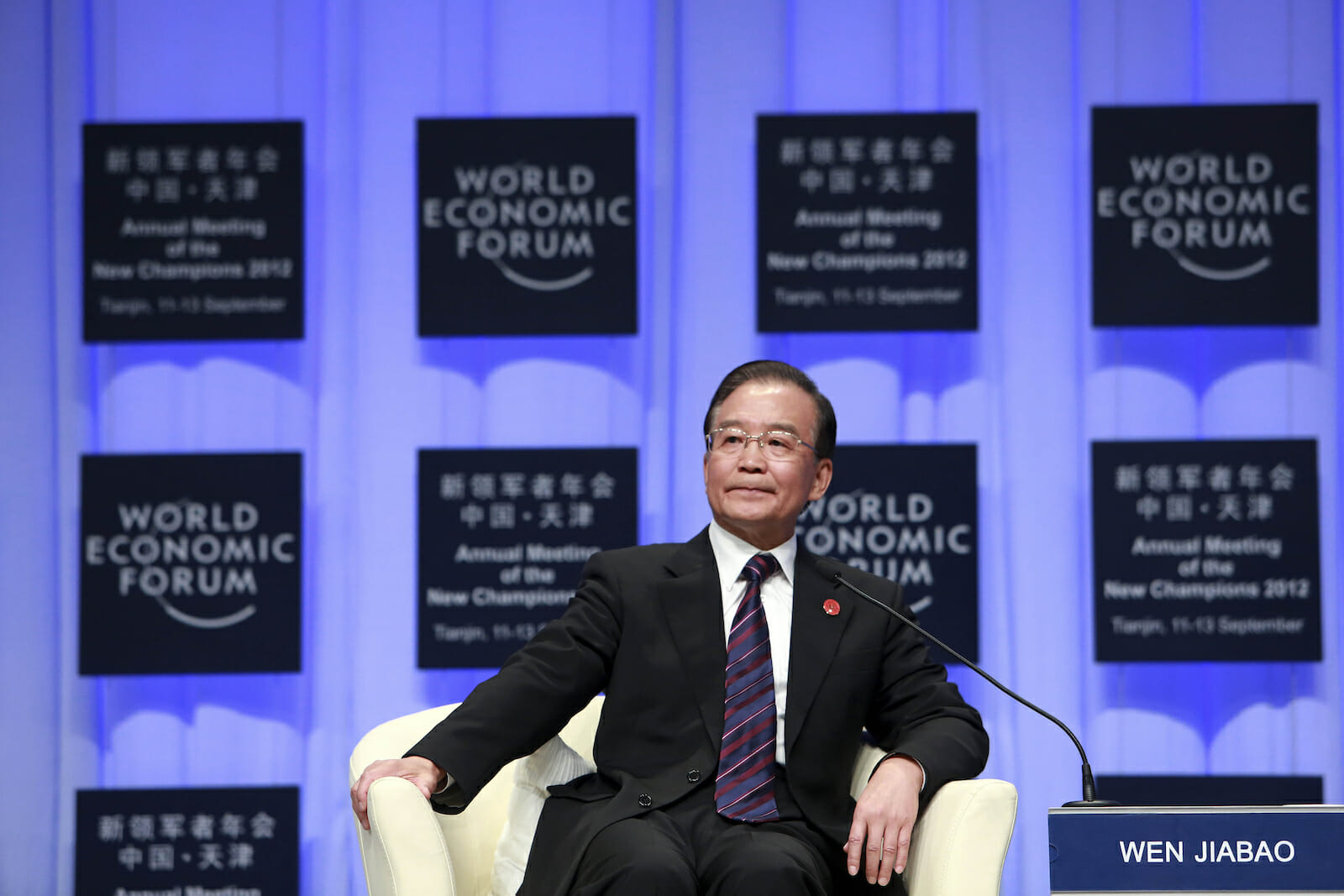
The Future of China and Russia Energy Relations
The predominant narrative about Russia and China’s relationship is one of a cash-strapped energy rich country meeting the needs of a cash-ready energy hungry country. China is the largest energy consumer in the world, and Russia, hoping to diversify its energy export market away from Europe, has been more than happy to satisfy Beijing’s needs. As mutually beneficial as this relationship may seem, however, there have been signs that both countries are looking over the other’s shoulders at new potential partners.
The evolving energy relationship between Russia and China has brought into sharp relief a number of their security issues. For China, stability is found in securing a variety of steady and reliable energy supplies for its voracious economy. And for Russia, a more secure future of it oil and gas market is to expand energy sales into East Asia, away from its traditional and often problematic European market.
China Looking Beyond Russia
In recent years, China has increasingly looked beyond its northern neighbor for its energy supply. Nations such as Qatar and Indonesia have exported millions of tons of liquefied natural gas (LNG) to China. The Republic of Congo, Equatorial Guinea, and Nigeria have also partnered with Chinese energy companies to develop oil production infrastructure and exports to China.
Closer to home, China has been working with Turkmenistan and Kazakhstan. This is an especially tender issue for Russia, since China’s influence has been growing in Central Asia, a place once regarded as Moscow’s privileged space. With its large availability of capital, China has built and invested in the necessary infrastructure to tap into the region’s energy resources—which Russia has been unable to do.
In addition to foreign partners, China is seeking to develop its domestic energy potential. Earlier this month, China National Petroleum Corporation (CNPC), Qatar Petroleum International, and Royal Dutch Shell Plc penned a framework agreement to create a joint refining and petrochemical complex in China. Perhaps the most telling example of domestic energy production is Beijing’s “Golden Energy Triangle,” a development project utilizing 133,800 square kilometers of land. Here, China plans to build its own energy production and supply stronghold and has invited Arab governments and businesses to invest in these projects.
Russia Looking Beyond China
China is not the only one setting its sights on other partners in energy exports. Laid out in the government’s policy document “Energy Strategy up to 2030,” Moscow kept it no secret that it intended to decrease its dependence on exports to Europe by increasing exports into Asia. In this broader strategy, Russia has focused primarily on three opportunities in Asia aside from China: India, Japan, and South Korea. Like China, Russia has been relatively successful in diversifying its exports into Asia. Since 1999, Russia has been a consistent supplier of LNG and gas to Japan. In recent years, Moscow has drastically increased its exports, making up 6.5 percent of LNG and 6.1 percent of gas imports to Japan. Furthermore, major Japanese companies like Mitsubishi and Mitsui have become investment partners in major LNG projects on Sakhalin Island.
And a year ago, Russia and South Korea reached an agreement whereby South Korea would increase its import of 1.5 million tons of natural gas to 3 million tons—or, nearly 30 percent of domestic consumption. But with India, which boasts a growing economy as well, Russia has reached limited success. In December 2010, India and Russia signed a number of agreements on cooperation in oil, gas, and nuclear energy, but little has materialized since.
The construction of pipelines has also been pushed by Moscow as a way to more widely distribute the country’s natural resources. The Eastern Siberia-Pacific Ocean oil pipeline and the Sakhalin-Khabarovsk-Vladivostok gas pipeline have played critical roles in delivering Russia’s oil and gas reserves to China, Japan, and South Korea. Currently under works is a new pipeline that would connect Yakutia to Khabarovsk and Vladivostok. Additionally, there has been talk about a possible gas pipeline that would run through North Korea and into South Korea. This would open up the South Korean market, saving costs on delivery (which would be a third of the price compared to shipping) and providing Russia with closer and cheaper access to the East Asian energy market. But the unpredictable nature of the North Korean regime as a transit state and its history of reneging on agreements complicates matters.
Still Partners in the Near Future
Despite the fact that China is shopping around for other sources of gas and oil, Russia-China energy trade will remain strong. According to the U.S. Department of Energy, China’s energy use is expected to increase by 53 percent of its 2008 level by 2035. With this seemingly endless appetite for energy, Beijing’s mission will be to secure energy sources. And in this search, Beijing faces a number of hurdles: China has found itself in competition with another fast growing energy hungry economy, namely India.
Recently, Delhi irked Moscow with its courting of Myanmar, which resulted with the cancellation of a $3.6 billion Chinese dam project. Beijing also criticized a recent joint India-Vietnam oil and gas exploration project in Chinese contested territory, the South China Sea. In addition to Vietnam, Beijing’s territorial claims over these oil and gas rich South China Sea islands have stirred tension with Malaysia, Taiwan, Brunei, and Japan. Furthermore, development of domestic energy presents a number of security problems because many of the areas that are rich in natural resources—like Xinjiang and inner Mongolia—are also locations of separatist movements.
Though true that Beijing has secured a variety of energy contracts outside of Moscow, the close and secure flow of Russian gas and oil is still hard to come by. And so with a rocky future ahead, Beijing will continue to look towards Russia as a close trading partner—at least for now.

